Health & Wellness News & Entertainment
Warning Signals: Identifying Dehydration in Dogs Before It’s Too Late
One of the many responsibilities of being a dog owner is learning how to check for signs of dehydration in a dog. Like humans, dogs need water to survive, and factors like physical exertion (exercise), high temperatures, and even the type of dog food they eat can all lead to dehydration. Underlying illness, fevers, vomiting, and other health conditions can also put dogs at risk for dehydration.
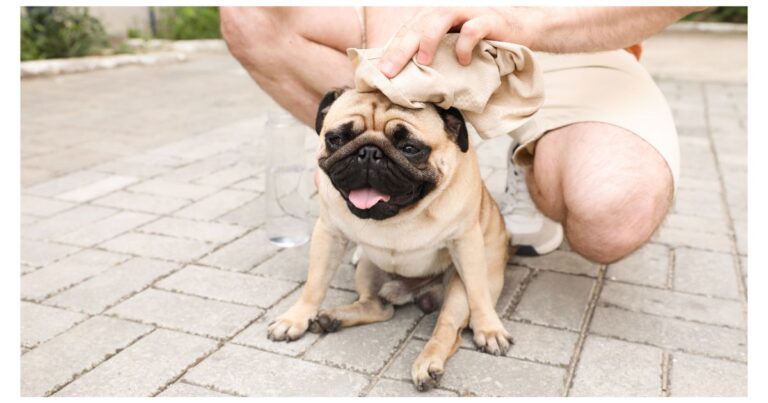
Symptoms of dehydration in dogs can be serious and even deadly, a lesson one Utah hiker learned the hard way.
In early June 2023, a hiker and her dog attempted a 5.5-hour hike to West Face Grandeur Peak. During the hike, the dog became severely dehydrated and collapsed. A fellow hiker helped carry the pup back down to find water, but the damage was done and the dog passed before they returned to safety, according to the report by a local news station. In just a few hours, a healthy dog can go from energetic to lethargic and on the brink of death due to dehydration.
But, it’s not only in extreme circumstances that dogs we see instances of dog dehydration death. Dogs lose water all day, every day during natural processes like urinating, panting, “sweating” through the paws, and so on. Without enough daily water, even a dog who spends most of its time indoors and sleeping can become dehydrated.
In this guide, we’ll help you learn to identify signs of dehydration in a dog, go over what to do if you notice your dog is dehydrated, and what you can do to protect your pup from excessive loss of fluid and prevent dehydration.
How Do Dogs Become Dehydrated?
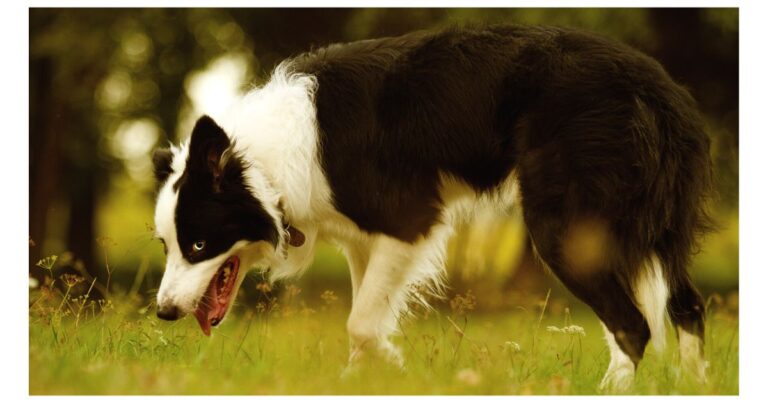
Dehydration occurs when your dog’s water intake is less than the amount of fluid they are losing. When a dog is dehydrated, “their blood flow and the volume of fluids is reduced, which in turn reduces the delivery of oxygen to the dog’s tissues and organs,” according to the Northeast Veterinary Referral Hospital.
Often, dehydration is preceded by one of the following circumstances:
- Lack of access to water
- Low water intake
- Illness (e.g. fever, vomiting, diarrhea)
- Over-exertion
- Heat stroke
Signs of Dehydration in Dogs
Dehydration symptoms in dogs can vary between individuals, but if you know which symptoms to look out for and know your dog’s regular behavior, you’ll quickly learn to pick up on possible dehydration. Early signs of dehydration in dogs include:
- Loss of skin elasticity
- Excessive panting
- Dry nose
- Xerostomia
- Loss of appetite
These dehydration symptoms in dogs typically indicate mild cases of dehydration or the first symptoms of what could become a more serious case. Loss of skin elasticity is easiest to detect on areas of your dog’s body where their skin is looser. The back and scruff of the neck are good places to check your dog’s skin. Try lifting a fold then releasing it—if the fold snaps back your dog is appropriately hydrated, if it remains pinched and extended, your dog may be showing signs of dehydration.
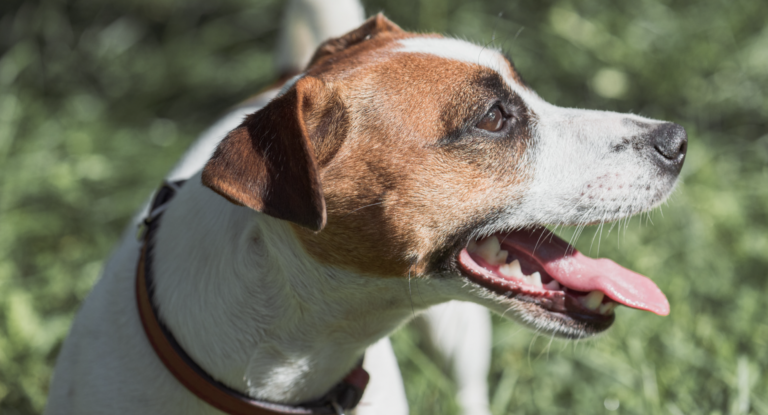
The term xerostomia refers to dry, sticky, dehydrated gums in dogs. When dehydrated, some dog’s gums will also become coated in thick, sticky, pasty saliva. Like dog noses, dog gums should be moist, so both dry gums and dry noses are signs that your pup’s body is lacking moisture.
But how bad is severe dehydration? Is it life-threatening? Can dehydration cause seizures in dogs, even death?
Signs of advanced and severe dehydration in dogs include:
- Sunken eyes
- Lethargy
- Collapse/immobility
- Vomiting
- Shock
- Seizure
- Death
How To Treat Dehydration in Dogs
If a dog has access to water, that dog is drinking that water whenever it feels the urge. However, when dogs don’t have access to water or become ill, they can be at risk for dehydration. It’s important to know that the solution for dehydration symptoms in dogs isn’t as easy as getting your dog to drink water. Some cases are so severe that your dog will need immediate veterinary attention, and some dehydration signs in dogs are so severe that your dog may not even be able to drink.
Let’s dive into when you should involve a veterinarian, what your vet will do to treat your dog, and how to treat dehydration in dogs at home for mild cases.
When To Contact Your Veterinarian
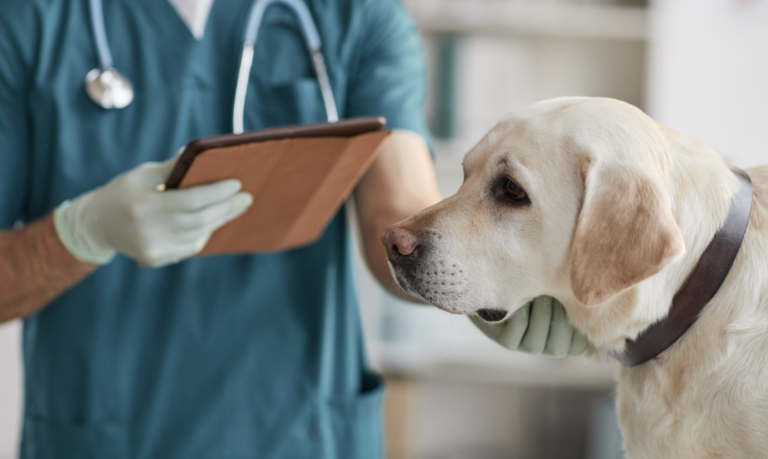
If you notice signs of severe dehydration in your dog like lethargy, vomiting, collapse, or signs of shock, you should contact your vet immediately. If it is after business hours, seek out your nearest emergency vet.
Depending on your case, the vet may ask you to start giving a little bit of water to your dog on the way to their office. Once you arrive, the vet will likely give your dog an IV of fluids to rehydrate them until they can begin taking more fluids orally.
Some severe cases of dehydration may require overnight monitoring.
At-Home Treatment for Dehydration in Dogs
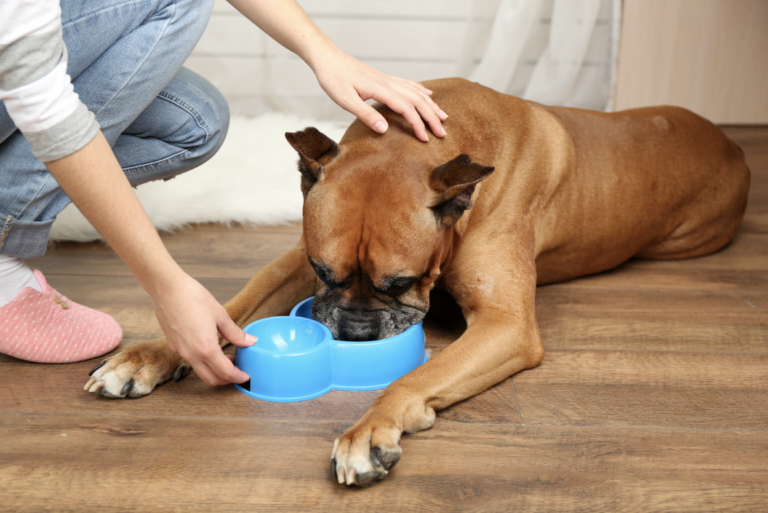
If your dog is drinking water when offered, shows no signs of severe lethargy, and has not vomited or had a heat stroke, it’s often safe to rehydrate at home. While you may still want to call your veterinarian, the solution for mild cases of dehydration in dogs is to slowly offer your dog small amounts of water while monitoring them.
If your dog is sometimes hesitant to drink water from a bowl, some veterinarians may recommend offering them ice cubes as an enriching and hydrating alternative. Ice cubes are also a good way to cool down your dog’s water bowl on a hot day, and encourage them to drink to keep themselves hydrated.
How To Prevent Dehydration in Dogs

Dogs should be drinking approximately one ounce of water per pound of body weight per day, according to Advanced Veterinary Care Veterinary Hospital. On hot days, a dog’s intake of water per day may increase slightly. Keep in mind that moisture comes not only from drinking water but also from your dog’s food.
If your dog doesn’t drink enough water during the day, consider adding water or other hydrating ingredients to their food. Dry kibble is—obviously—the least hydrating, but fresh foods, canned foods, and raw dog foods all contain substantial moisture and can help contribute to your dog’s hydration.
If you decide to take your dog hiking, be sure to bring water with you and to never push your dog beyond their limits. It’s also a good idea to keep your dog inside on particularly hot days to avoid risking heat stroke or dehydration.
When at home, your dog should always have access to fresh, clean water. Dogs are excellent at regulating themselves and will mostly keep themselves from getting dehydrated.
Related Articles:
- This Frenchie Died Of A Rare Disease. If You Live In A Hot, Dry Area Beware!
- Is Leaving a Dog in a Hot Car a Crime?
- Should You Put Down a Dog with Vestibular Disease?




